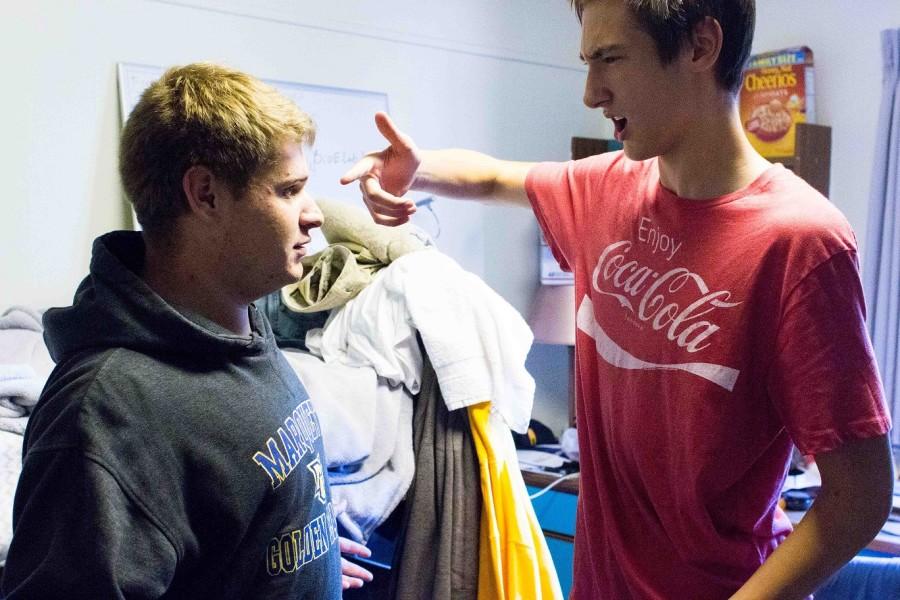In the United States, it is common to think of conflict and violence as going hand-in-hand. From a young age, kids often learn that when someone hits them, they punch them back. On social media, kids are often exposed to violence from a young age. These images and stories can teach kids to solve conflicts in an aggressive way.
In fact, according to the American Academy of Pediatrics, kids between the ages of 8 and 18 are exposed to six hours and 21 minutes of entertainment per day, with two-thirds of all programming containing violence.There are other options to solving conflict rather than focusing on coercion and violence. These non-violent methods have proven quite successful over the years.
The first time I encountered peacemaking was when I was in grade school, and we had a Peace Week during which we learned about peacemakers in the world. I heard names like Dorothy Day, Mahatma Gandhi and Martin Luther King Jr. These names conjured up images of passivity regarding peace. At the time, I believed they fostered change through their morals and passion, not through actions.
Looking back on those lessons, I now know peacemaking is far from passivity. In 1947, Gandhi freed India from British rule when he formed community with others and urged them to search for better lives for themselves. He believed in fasting until death when he knew there were important causes to fight for. Martin Luther King Jr. urged people to hope for brighter futures as well and went as far as to write a response letter to white religious leaders while in prison. Rosa Parks spurred the Montgomery bus boycott by sitting down in a bus seat as a sign that African-Americans in the 1960s would no longer take no for an answer. Even in the face of tear gas and oppression, activists in the Civil Rights Movement stood their ground.
It is possible to create change in our conflict-riddled world through peaceful actions. Gandhi and King’s idea of nonviolence was principled, which means they used strategies to persuade their opponents toward the actions they wished to see, avoiding force at all times.
There is a different form of nonviolence that may better suit our current world. Pragmatic nonviolence centers on proactive and rational ways to strategically work toward better solutions in the future. It does not believe nonviolence extends to all situations, and can only be used in certain circumstances. Pragmatic nonviolence points out that sometimes nonviolent methods and means are the least destructive ways to achieve success and peace.
Teaching the younger generation about peacemaking and pragmatic nonviolence is the perfect place to start. By age 18, American teenagers have witnessed 200,000 acts of violence on television alone, according to the American Academy of Pediatrics. Focusing on active peacebuilding and cooperation instead of the negativity and violence in the media may be effective.
The competitive nature of America also plays into the idea that someone has to lose in conflict resolution. Whether that be from extreme polarization on both sides of the political spectrum, aggressive rhetoric or involvement in conflict overseas, there is often an assumption that someone must emerge on top. Our world would be a better place if an individual felt empowered to step back and be the bigger person.
Women’s marches around the world this weekend proved to be a peaceful way to showcase unity and urge others to become involved. Instead of focusing on anger, women around the world gathered to march. Women who join together can empower one another and inspire them to take strides forward in different social and political spheres.
Obviously, it may be impossible to avoid violence and confrontation at all costs, but it would be beneficial to first look at ways to strategically talk out conflicts and come to compromises and decisions by thinking of the big picture, making a peaceful society the norm. Teaching our children how interconnected the world is, and focusing on similarities with other nations and groups of people would also help to reach this goal. It also includes learning about one another through our differences. It involves promoting interdependence in our competitive society, and teaching one another there shouldn’t always be a loser. Enacting these simple measures is possible and necessary to moving forward as a nation.






